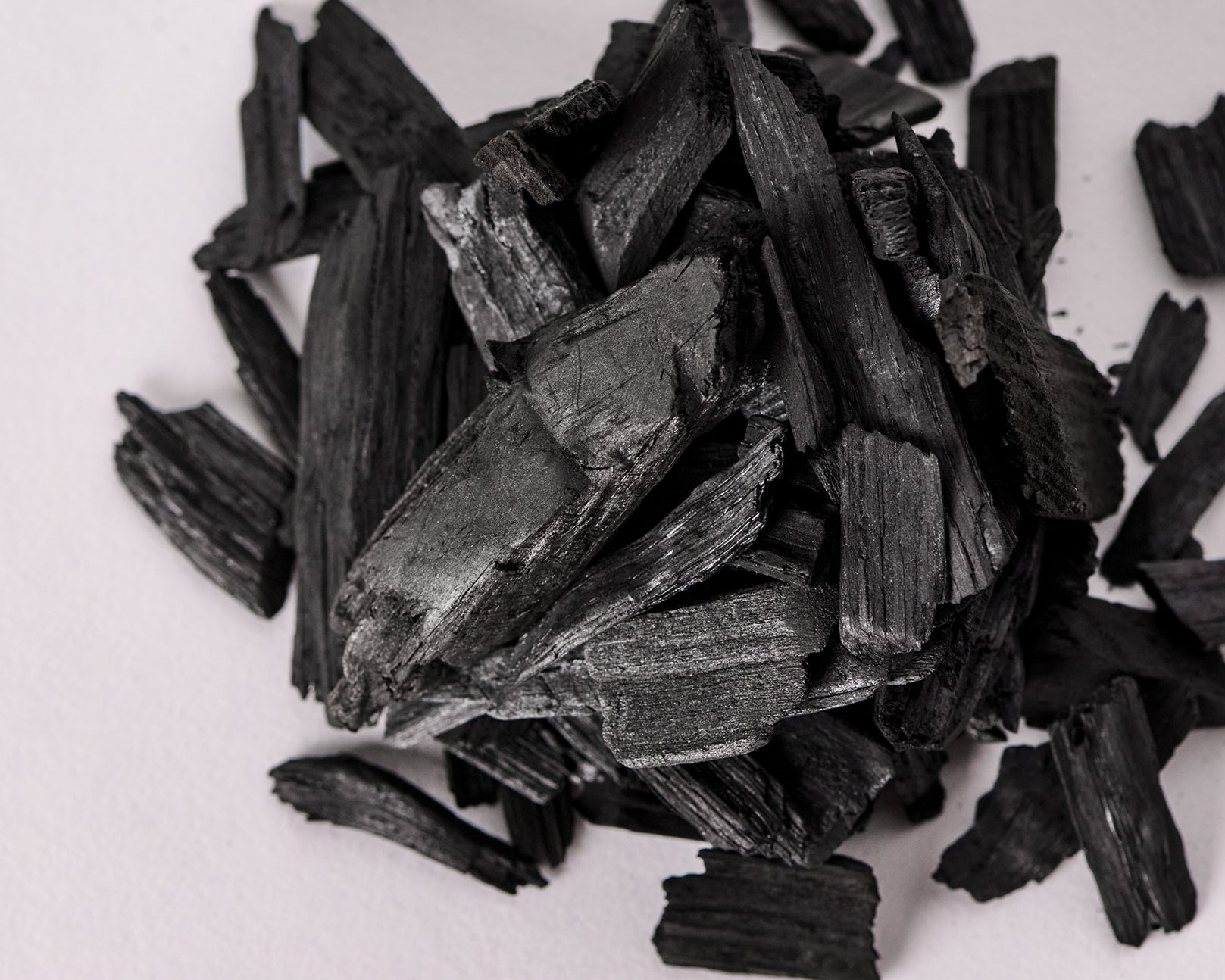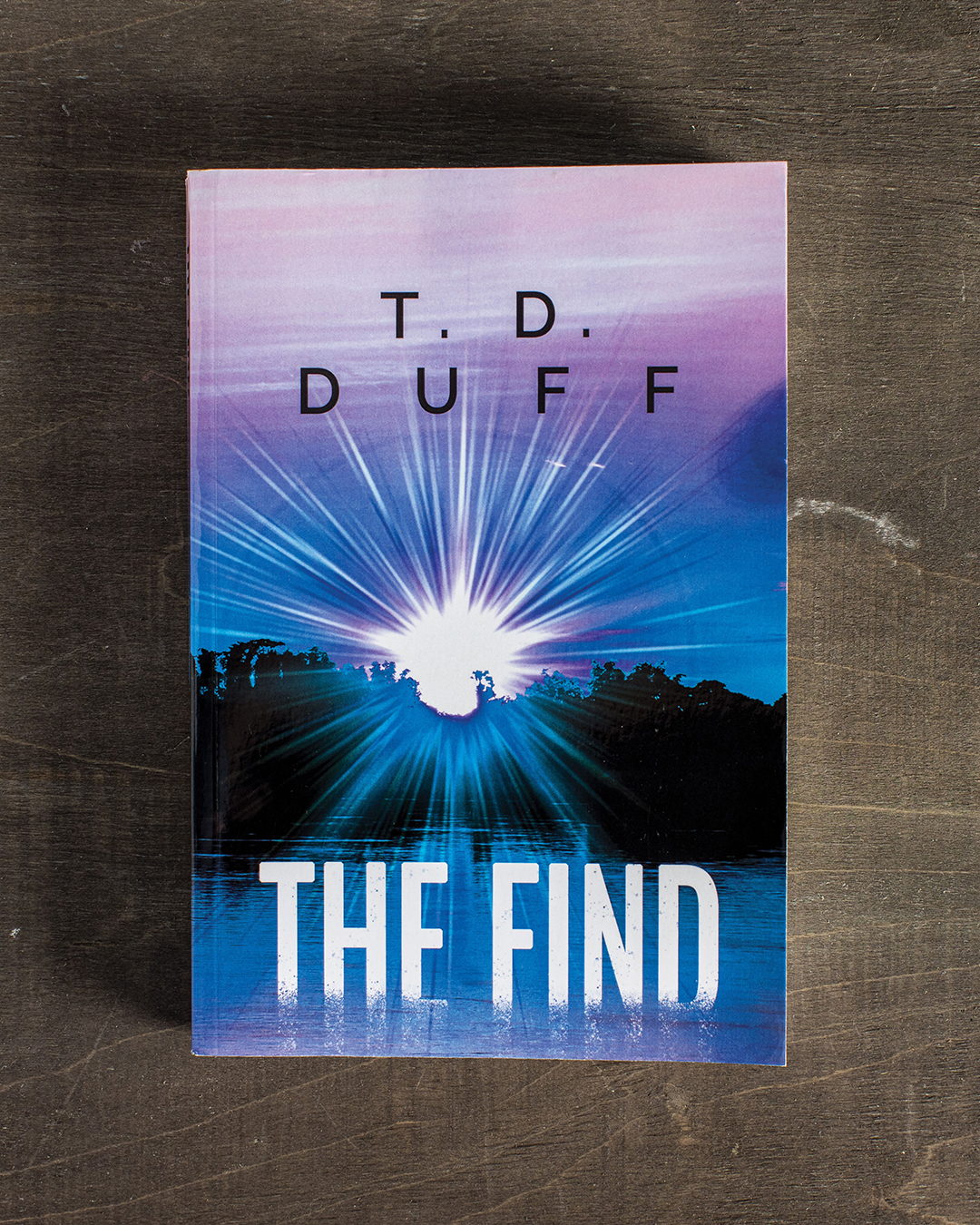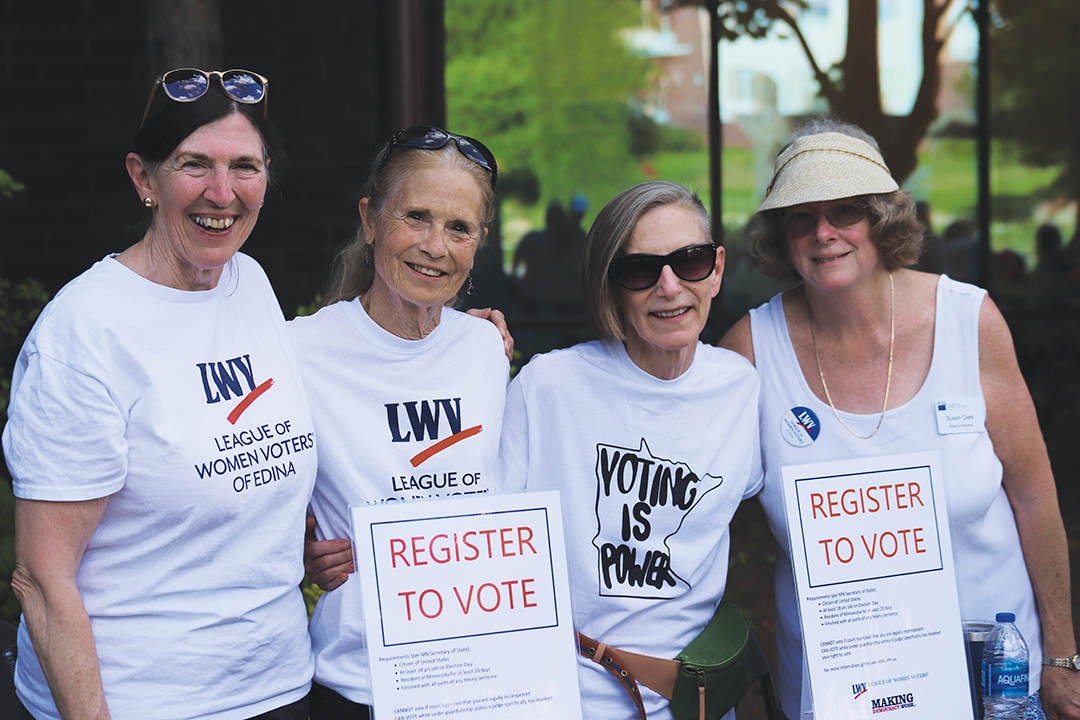
Andrew Jones, CEO and co-founder of Carba. Photos: Leslie Plesser at Shuttersmack
Local scientist co-creates innovative technology to combat climate change.
In a world plagued by pollution, Edina’s Andrew Jones is using science and ingenuity to transform carbon dioxide emissions into something unexpected—charcoal.
“Carbon dioxide levels in the pre-industrial age were 0.03 percent [of the Earth’s atmosphere]. In the last 50 years, they’ve increased to 0.04 percent. The way to get back to 0.03 percent is to suck out 1 trillion tons of carbon equivalent from the air and either hide or store it,” he says.
The vast majority of climate scientists agree that heat-trapping gasses have allowed global average temperatures to increase by nearly 2 degrees F since the late 19th century.
Jones, who completed his Ph.D. at University of California-Berkeley, started brainstorming with University of Minnesota professor Paul Dauenhauer. The two founded Carba Inc., and Linda Hofflander joined the company shortly thereafter. Carba could be an answer to the carbon-removal problem. Its mission, using proprietary technology, is to extract premium carbon from low-value natural waste. The capture, in the form of charcoal, is then used in carbon-neutral products or permanently stored underground.
Following the 2022 United Nations Climate Change Conference, the U.S. set a goal of achieving net-zero emissions from government operations by no later than 2050.
“The carbon-removal market is worth $3 billion,” Jones says. “Companies have plans to be net-zero by 2030 or 2050. They’re doing this for branding, and they’re doing this to be altruistic.”
Think Globally, Act Locally
Carba’s first real-world venture into carbon transformation is currently operating at the Waste Management Burnsville Sanitary Landfill.
Using a reactor Jones and Dauenhauer designed, biomass waste (tree trimmings and trees damaged by emerald ash borers) is being transformed into purified carbon.

Solid carbon, or carbon charcoal, created by Carba, a company that takes carbon emissions from the air and turns them into a coal-like substance, which is then buried underground. Call it reverse mining.
Tree waste is a perfect fuel. The upside to trees is that they’re near perfect in capturing atmospheric carbon dioxide. The downside is that when trees die, they decompose and release captured carbon dioxide back into the atmosphere. Carba’s reactor serves as the middleman. Via heat, Carba captures carbon before it’s released into the air. The capture results in carbon charcoal.
“The beauty of the charcoal is that it makes a wonderful filter,” Jones says. “In Burnsville, we’re mixing the charcoal with soil and spreading it over the landfill, reducing odors and toxins. Legally, they have to cover it daily.”
The Burnsville reactor can transform 1 ton of carbon per day. A bigger reactor, slated to debut later this year, is capable of 45 tons. The bigger reactor is being built to fit into a 20-foot shipping carton. In theory, thousands of these reactors could remove millions of tons of carbon.
“While we need to get to billions, the real goal is a trillion,” Jones says. “If you liquify the carbon, the volume would fill Lake Erie. A solid is half that.”
Either way, that’s a lot of carbon.





















